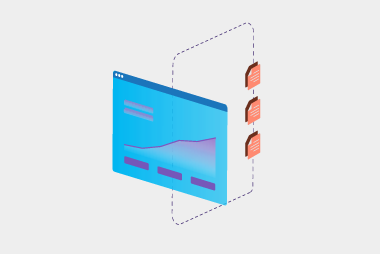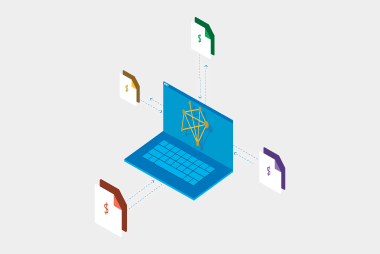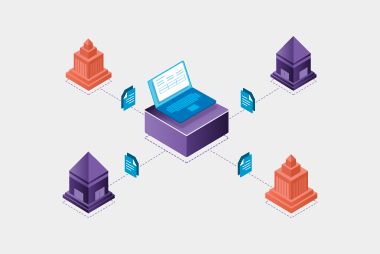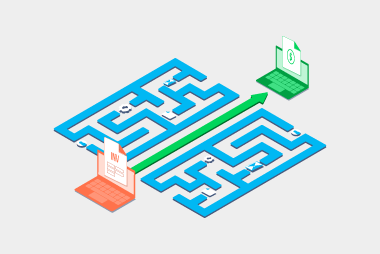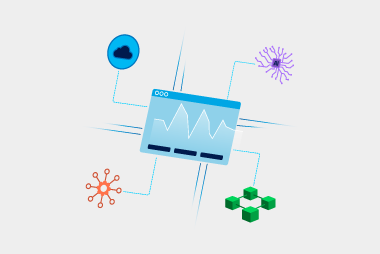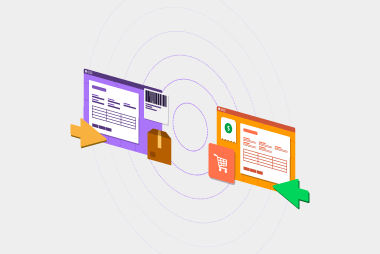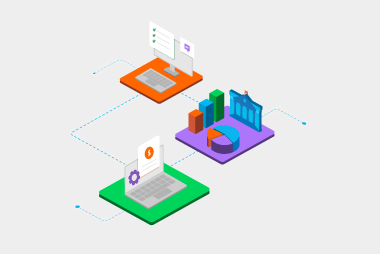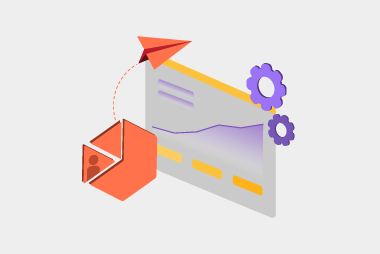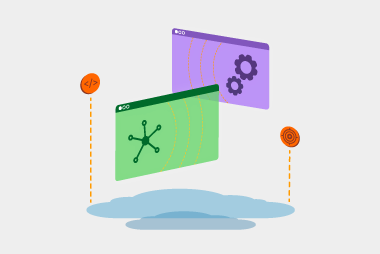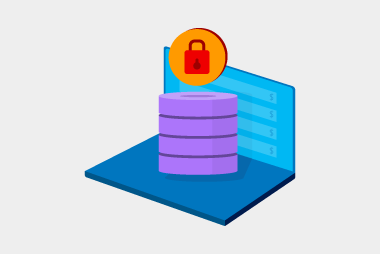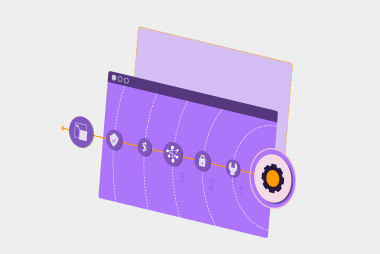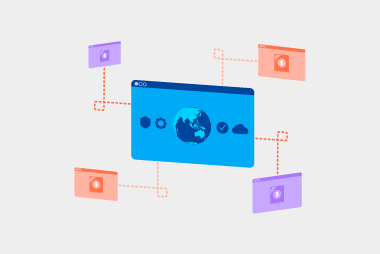Electronic invoicing, or eInvoicing, has emerged as a powerful tool for streamlining business operations and improving efficiency. In countries like Australia and New Zealand, Government has already embraced eInvoicing for receiving invoices. However, there's a compelling reason to also start sending eInvoices too.
With Australia and New Zealand already mandating government agencies have the ability to receive eInvoices, government suppliers will continue to be encouraged to send them eInvoices. The sweetener for suppliers is getting payment sooner.
New Zealand is now looking to ramp up government agencies sending eInvoices. This comes off the back of comments made by the New Zealand Minister for Small Business and Manufacturing, Hon Andrew Bayly.
No doubt there are a lot of benefits to receiving eInvoices. So why send eInvoices?
Digitise your invoicing process
One key benefit is making it easier for customers and other agencies to do business with you. As more of your customers sign up to eInvoicing, you’ll likely receive more requests to start sending eInvoices. Government agencies can make customer experience more seamless by sending eInvoices directly into the recipient’s software.
Faster payment processing
Sending eInvoices to customers’ makes the process more seamless. There’s no need to send emails or PDFs – eInvoices are sent straight from your software to the recipient’s software. This accelerates the invoicing cycle by delivering invoices instantly to recipients, ready for them to be approved and paid, faster than manually-received invoices.
An eInvoicing standard makes it easier to exchange eInvoices with everyone
Australia and New Zealand have teamed up to develop one standard for exchanging eInvoices with businesses across both countries. This means once a business is setup, it can send eInvoices to any other business who receives eInvoices. Unlike some other forms of exchanging data, you can set and forget. Want to learn more about sending eInvoices to your customers? Get in touch with our team with the form below.
Request a call
Chat with one of our experts
Just fill out your details below and we'll be in touch within one business day.
